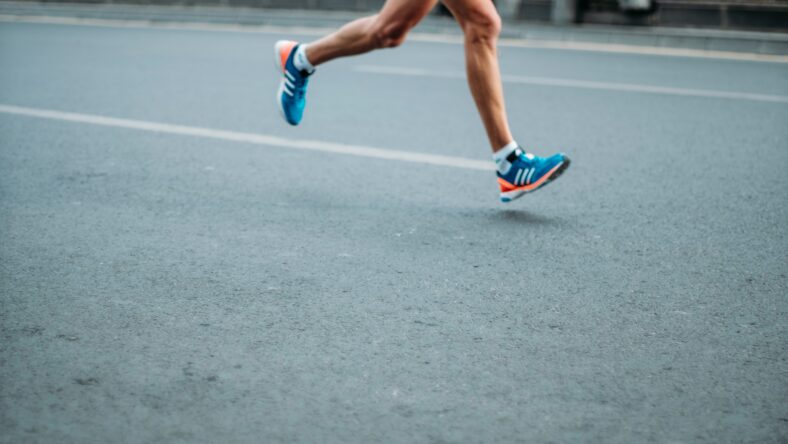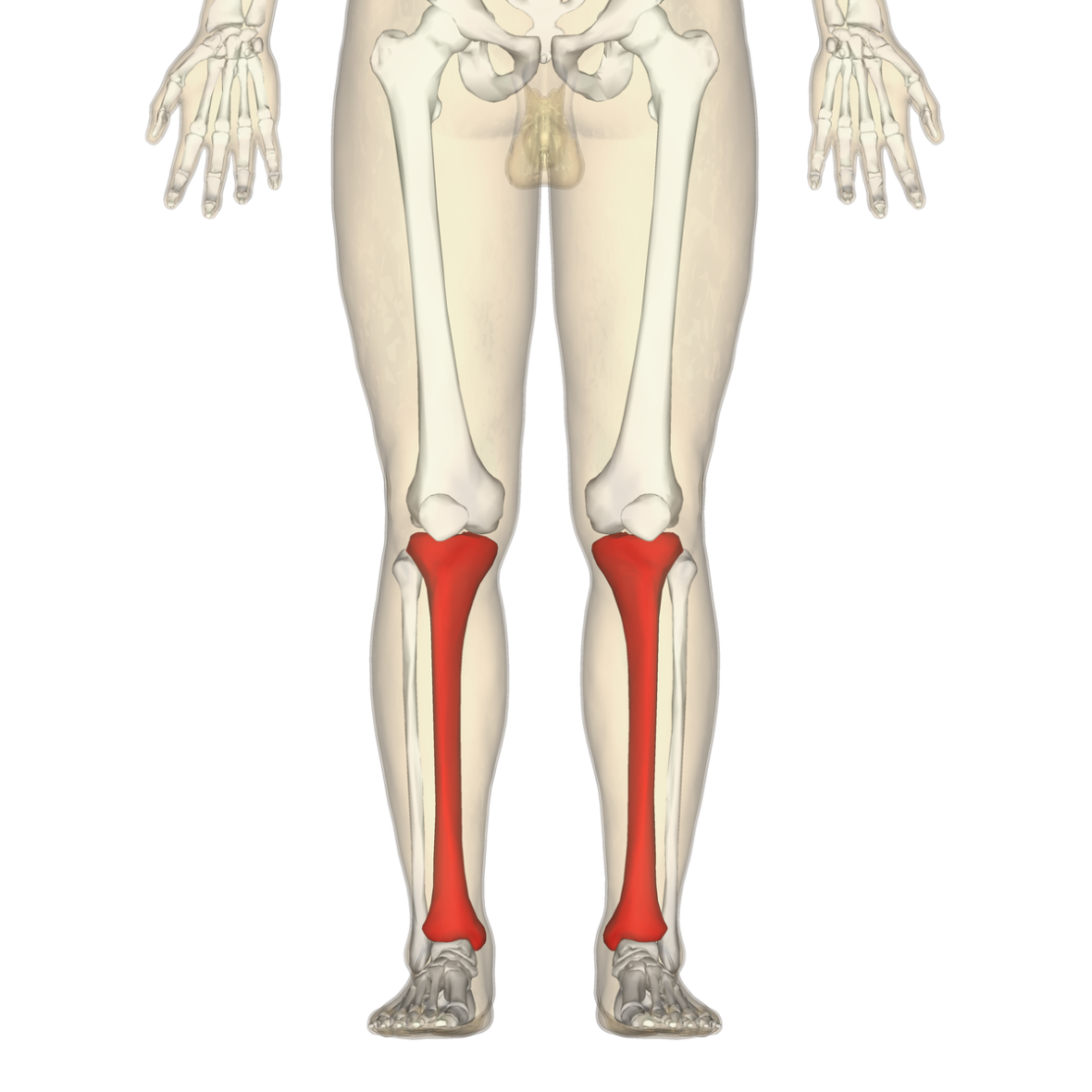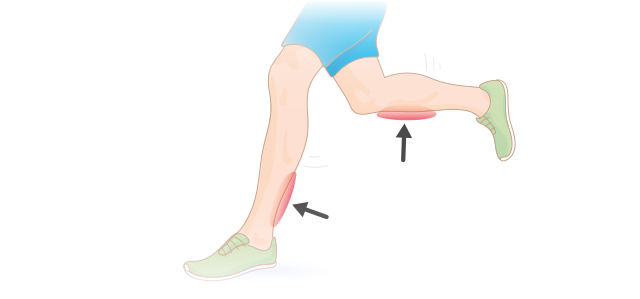
Do you ever find yourself asking “why do my shins hurt when I run?” The answer is that you can get shin splints from overloading your leg muscles, shin bone, and tendons. This pain happens for many people, but especially runners, dancers, and gymnasts.
Below we answer more questions about why your shins hurt. We are going over everything you would need to know about your shins. This will help give you better insight and understanding of your fitness plan and how that may impact your shins. We hope this helps you understand your body more.
Check Out: How Meditation Can Help Your Health, Mind, and Mood
What causes shin pain after running?
You can experience pain in your shins after running because the muscles are tight and need to be stretched out. Any time you run, you put weight and stress on your lower legs. Which is where the pain comes from in your shins. After you run, your muscles tense up, which can lead to pain if not taken care of properly.
Is it bad to run when your shins hurt?
If your shins are hurting, we suggest taking a break from running because it could lead to more severe problems or injuries later on. If you are out on a run and your shins hurt, walk the rest. Walking is much easier on your body, but still increases your cardiovascular fitness, so its a good compromise for your body and fitness plan.
What are shin muscles, exactly?

Shin’s muscles are called the anterior tibialis muscles. The posterior tibialis is a muscle that pulls the foot down and is attached to the back and inside of the tibia. When you put them together, they equal up to mean the tibialis muscles. They are located in the front part of your shin bone on your lower leg.
Why do my shins hurt when I walk or run on any surface?
If you are walking or running on any surface and your shins still hurt, it could mean you are wearing the wrong footwear. It would be best to have proper footwear that suits and supports you while working out. We suggest stretching before running to really loosen up your muscles and prepare for intense physical activity. You could also be experiencing pain if you usually run or walk on a treadmill or concrete ground outside. These surfaces are harder on the body, so it’s best to run on a track or asphalt roads to prevent shin pain.
Check Out: 30 Best Free Workout Apps in 2023
The most common causes of shin pain in runners
The most common cause of shin pain in runners is overworking your body. When you are training for a race or running a large amount of miles per week, shin pain is common. When you get shin pain as a runner, your body tells you to slow it down. It’s one of the most common injuries if you increase your mileage too quickly as opposed to slowly following a program. If you keep going when you have shin pain, it can lead to worse injuries like stress fractures, so be sure to listen to your body or see a doctor if the pain lingers.
What actually are shin splints?
Shin splints is an overuse injury that develops when inflammation builds up around the soft tissues of the lower leg. Pain will be along the inner edge of the shinbone and it might linger for hours to days after physical activity. Even though your sport is likely the cause of shin splints, you will also notice it when walking in certain shoes or on certain surfaces. For example, hard bottoms on shoes or hard surfaces can increase the pain in your every day life.
What causes shin splints?

Shin splints are caused by recurring stress on the shinbone and the connective tissues attached to your muscles to the bone. Other leading causes are challenging exercise, sports, or repetitive activities that you do repeatedly. Overworking your legs is often the cause of shin splints and pain in your lower legs.
How do you prevent shin splints?
If you want to avoid shin splints, here is a list of things you should do to prevent them.
- Wear supportive shoes when you are exercising. If you are a runner, we suggest chatting with someone at a running shoe store to help match you with the best shoes.
- Stretch your muscles before you exercise to warm them up.
- Rest between activities to let your muscles and bones have time to heal.
- Try to avoid surfaces that are uneven, hard, or hilly when running.
- Take days off. Do exercises like swimming to give your legs a break.
- Progress in your workout gradually and do not change up too much too soon.
How can you tell the difference between shin splints and shin pain?
You can tell the difference between shin splints and shin pain because, with shin splints, you will notice more tenderness, soreness, and pain along the side of your shinbone that doesn’t go away after a day or two. There also might be mild swelling in your lower leg. Shin pain, you will feel tightness in your lower leg muscles and slight discomfort in them, but this might improve with an over-the-counter anti-inflammatory medication and some ice. Shin splints often linger and you’ll notice them during all physical activity, not just running. Shin pain might be the result of hitting your leg on the corner of your kitchen table, but will eventually disappear on its own.
Check Out: Best Supplements for Muscle Growth and Fitness Gains
How do you treat shin splints?
To treat shin splints, you must rest and avoid activities that cause pain, swelling, or discomfort. Apply ice to your shins for about fifteen to twenty minutes, at least four to eight times daily, for the next few days. Wrap the ice in a thin towel to protect your skin. Lastly, you can take an over-the-counter pain reliever to help with the pain for the time being. You can resume your usual activities after a few days once the pain is gone. If it’s not, we suggest seeing a physical therapist or orthopedic doctor.
What happens if shin splints go untreated?
If you do not treat the shin splints immediately, the stress reaction can cause a fracture. The bone can no longer handle the stress and will end up cracking. If you are experiencing shin splints, we advise you to treat them right away because a stress fracture is a long-term injury where you won’t be able to exercise for quite some time. After all, you will be in a cast or boot until the bone is completely healed.
Overall, we advise that you take care of your shins by stretching them regularly. When working out, stretching before and after can help you avoid shin pain from everyday routines. Listen to your body if you are starting to feel pain because there is no shame in taking a break. We hope this gives you a deeper insight into your original question “why do my shins hurt when I run?”
